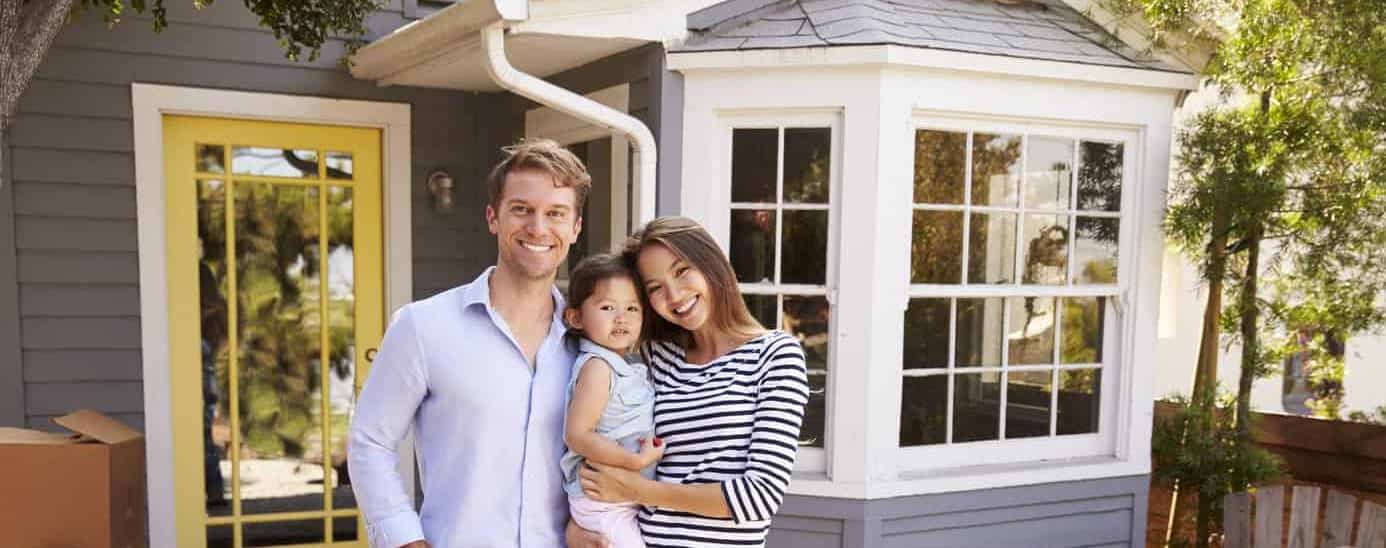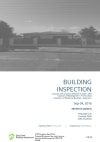Asbestos Identification
What is asbestos?
Asbestos is a term for a group of six naturally occurring mineral fibres belonging to two groups:
- Serpentine Group – comprised of only chrysotile (white asbestos)
- Amphibole Group – comprised of anthophyllite, amosite (brown asbestos or grey asbestos), crocidolite (blue asbestos), tremolite, and actinolite.
Asbestos was long viewed as one of the most versatile minerals because of its flexibility, tensile strength, insulation from heat and electricity, chemical inertness and affordability.
The versatility of asbestos made it attractive to many industries and is thought to have more than 3000 applications worldwide. Australia was one of the highest users per capita in the world up until the mid-1980s. Approximately one third of all homes built in Australia contain asbestos products. The widespread use of asbestos has left a deadly legacy of asbestos material.
Asbestos, predominantly chrysotile and crocidolite, was mined in Australia until late 1984. Records also show that between 1930 and 1983, approximately 1.5 million tonnes of all forms of asbestos was imported into Australia.
Asbestos containing materials (ACMs) can be categorised as friable and non-friable. Non-friable asbestos, where it is mixed with other materials like cement, is the type most commonly found in our built environment. Friable asbestos is more likely to become airborne.
Both friable and non-friable asbestos pose a significant health risk to all workers and others if the materials are not properly maintained or removed carefully. In the built environment, potential health risks are posed where there is:
- the presence of ambient levels of asbestos
- weathering of ACMs
- the presence of damaged ACMs
- building and/or maintenance work involving ACMs and
- demolition and/or removal of ACMs.
The risk of exposure from the built environment is broad, with the potential to impact the entire Australian community.
Asbestos in the home
Approximately one third of all homes built in Australia contain asbestos products. As a general rule, if your house was built before the mid-1980s, it is highly likely that it would have some asbestos containing materials. If your house was built between the mid-1980s and 1990, it is likely that it would have asbestos containing materials. If your house was built after 1990, it is unlikely that it would have asbestos containing materials.
The use of ACMs in the home has been extensive and there are many areas in the home where ACMs can be found including (but not limited to):
- roof sheeting and capping
- guttering
- gables, eaves/soffitswater pipes and flues
- wall sheeting (flat or a weatherboard style
- vinyl sheet flooring
- carpet and tile underlays
- zelemite backing boards to the switchboards
- flexible building boards
- imitation brick cladding
- fencing
- carports and sheds
- waterproof membrane
- telecommunications pits
- some window putty
- expansion joints
- packing under beams
- concrete formwork
The Asbestos Awareness website contains images and resources showing what asbestos looks like as per the list above.
It is not possible to determine whether a material contains asbestos by simply looking at it. The only way to be sure is to get a sample of the material tested by a National Association of Testing Authorities (NATA) accredited laboratory but if one is not readily available, there are other laboratories that provide similar testing services.
Asbestos and natural disasters
Natural disasters like floods, cyclones and bushfires can cause major damage to property – this is particularly concerning when there is asbestos-containing materials in the property which is damaged causing release of asbestos fibres.
The disaster recovery planning prepared by your state and territory government regularly includes contingencies and funding to clean up asbestos following an emergency. It is very important that you follow instructions issued by the disaster recovery agencies in your state, territory or local government area as they are developed specifically to prevent unnecessary exposure to asbestos fibres caused by damaged asbestos materials.
The safe removal and disposal of asbestos from a damaged property is critical. Contacting your local council and state emergency services is a good place to start if faced with building damage from a fire, flood or other natural disaster.
See the links to the contacts for your state or territory below.
Asbestos in the workplace
The Work Health Safety (WHS) Regulations set out the training and competency requirements for asbestos assessors, asbestos removal workers and supervisors. Under the Regulations, two licences have been established—Class A and Class B. Businesses with a Class A licence are permitted to remove all types of asbestos, including both friable and non-friable asbestos. Businesses with a Class B licence can only remove non-friable asbestos.
The WHS Regulations also create a new license category for asbestos assessors. The role of the licensed asbestos assessor is to carry out air monitoring and clearance inspections following removal of friable asbestos.
In addition, Safe Work Australia has developed two model Codes of Practice to provide practical guidance for persons conducting a business or undertaking who have duties under the WHS Act and WHS Regulations. These model Codes of Practice are: How to Safely Remove Asbestos and How to Manage and Control Asbestos in the Workplace.
For further information on the requirements for working with asbestos under the WHS legislative framework, contact the WHS regulator in your state or territory.
Managing importation of asbestos into Australia
Asbestos is still widely used in some countries. Despite being a prohibited import in Australia, goods containing asbestos are still being located at the Australian border.
Further information on what to do if asbestos is detected in a product that has been imported into Australia can be found on the Managing importation of asbestos into Australia page or by contacting Border Watch operated by the Department of Immigration and Border Protection.
Visit our pricing page for costs, or contact us for more information.



